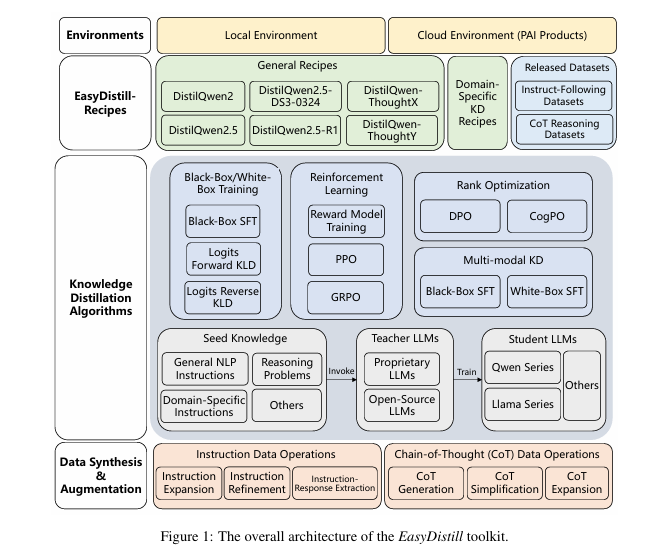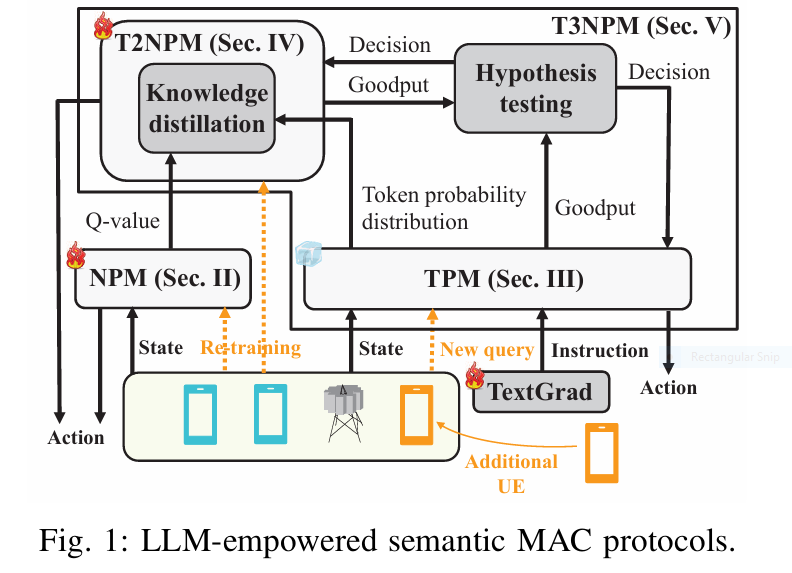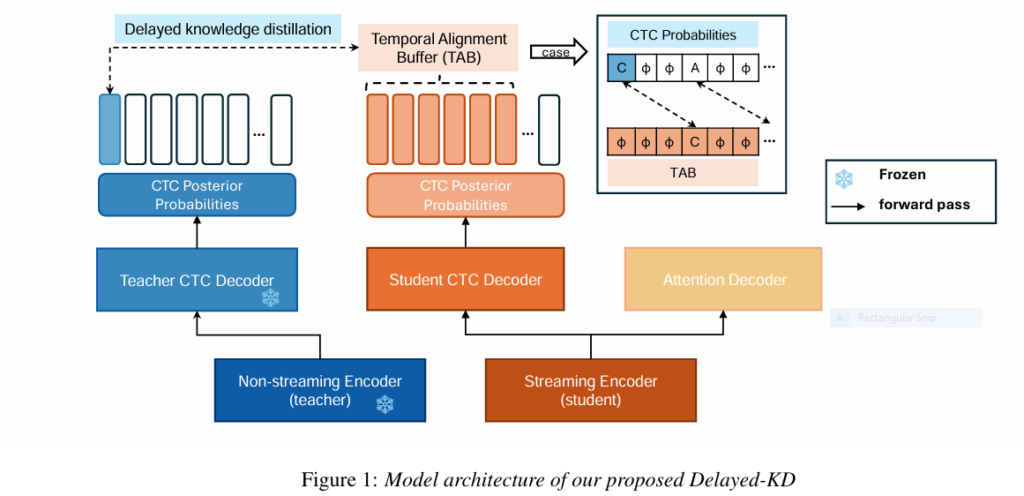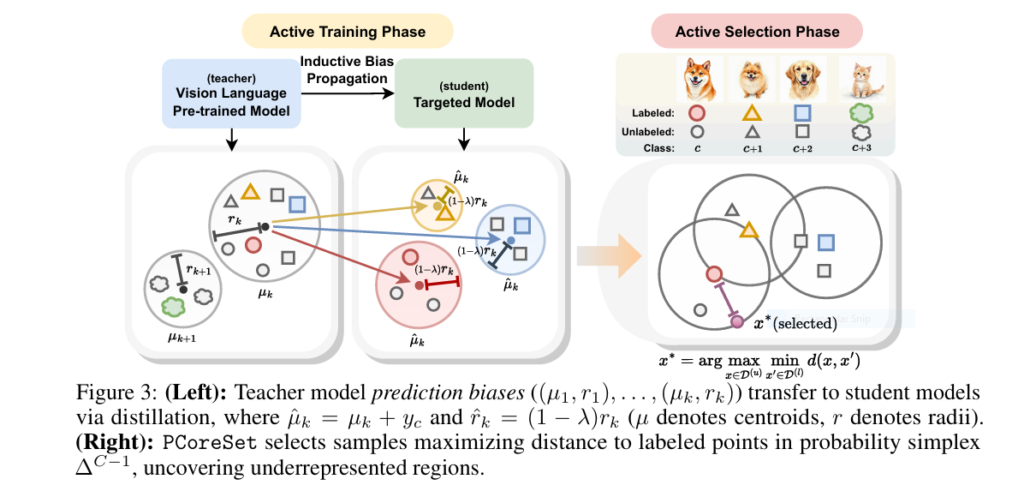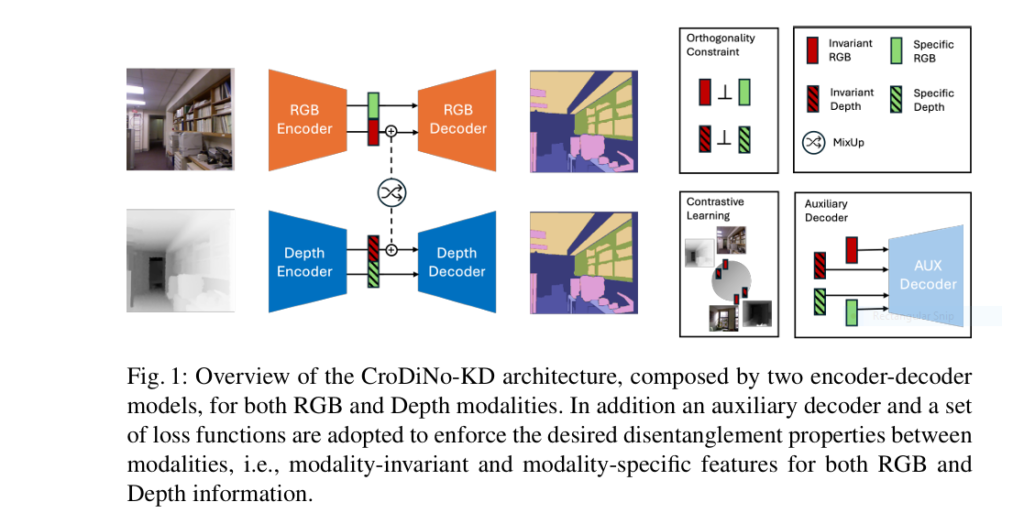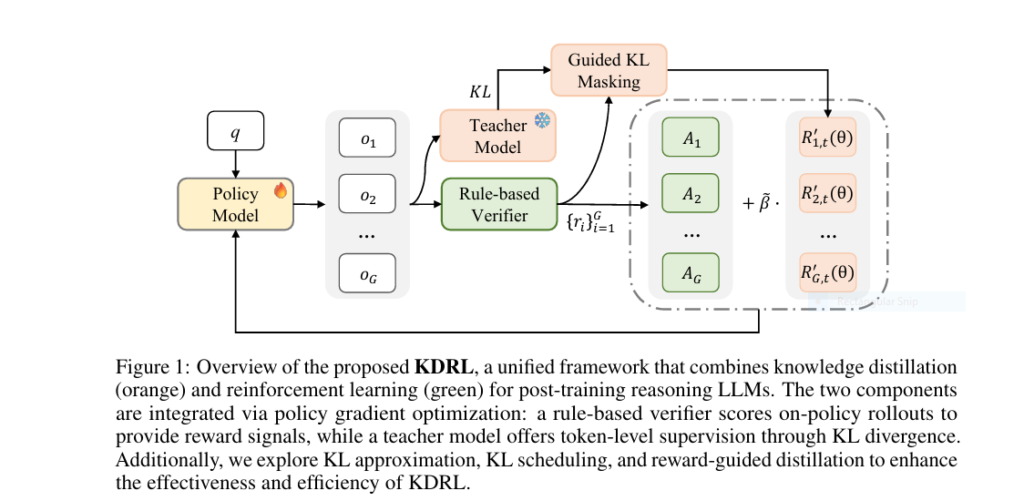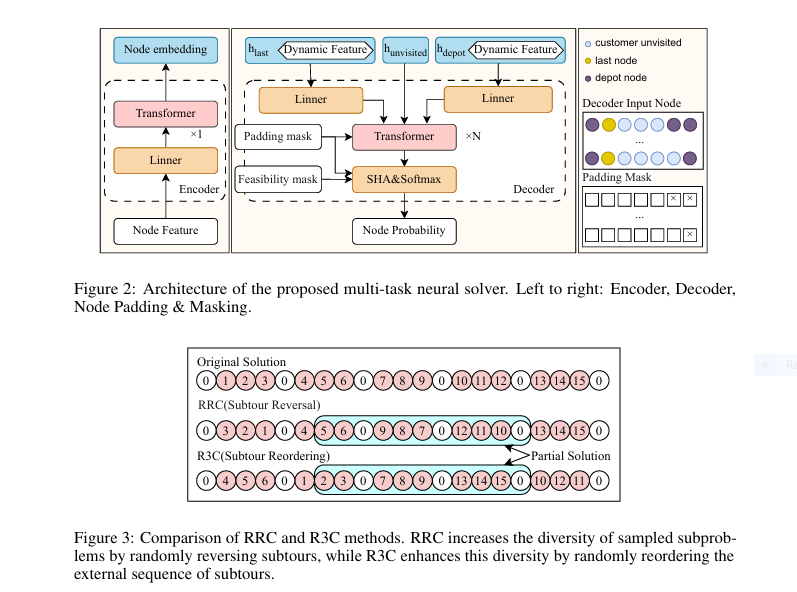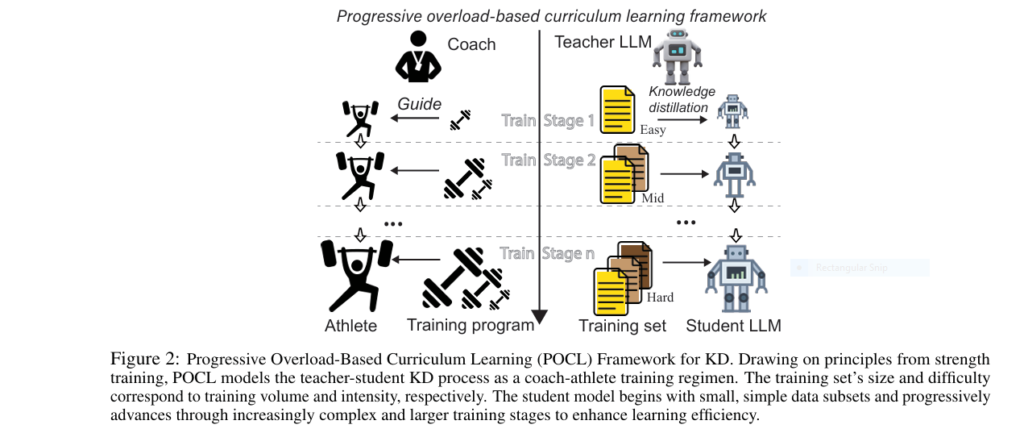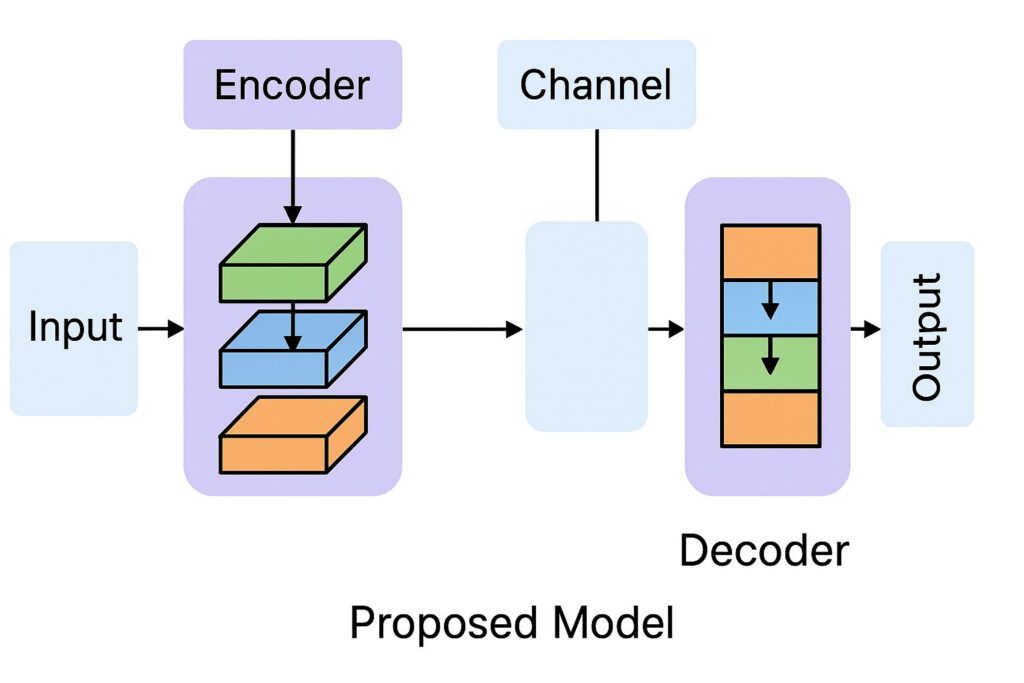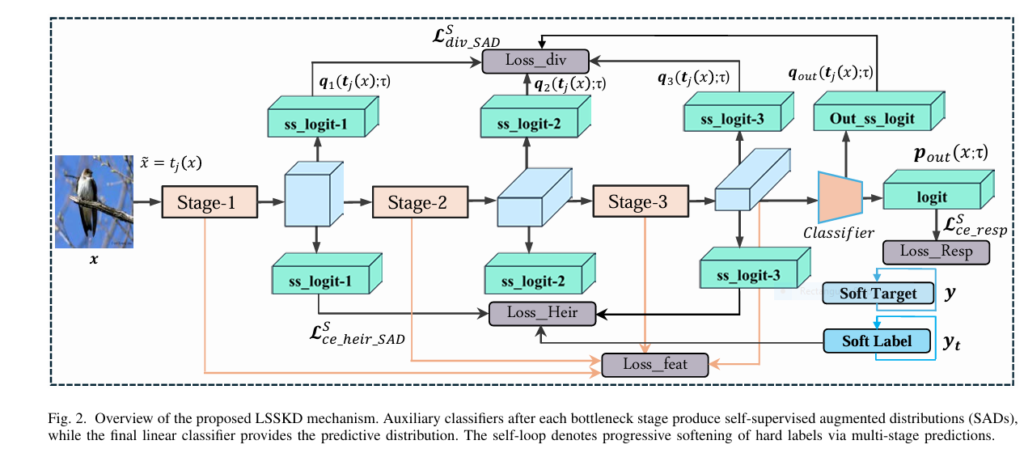7 Revolutionary Ways EasyDistill is Changing LLM Knowledge Distillation (And Why You Should Care!)
Introduction: The Future of LLM Optimization Starts Here Artificial Intelligence (AI) has transformed how we interact with technology, especially through Large Language Models (LLMs) . These powerful systems have redefined natural language processing (NLP), enabling machines to understand and generate human-like text. However, as impressive as these models are, they come with significant challenges—high computational […]

